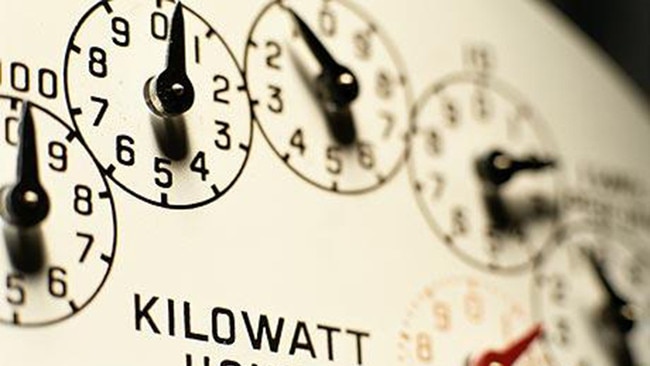Victorians out in the cold as energy prices rise
Victoria was the only eastern seaboard state to see increased prices for gas and electricity last year.

Victoria was the only eastern seaboard state to see increased prices for gas and electricity last year, while household bills in other states were steady or slightly lower ahead of the federal government’s re-regulation of the energy market.
The introduction of the default offers from July 1 has wiped out much of the discounting in the Victorian market as retailers increase the price of their lowest offers to make up for caps on the maximum they can charge customers, according to the Australian Energy Regulator’s annual review of the market.
The regulator noted average bills fell across other eastern states over the past year, but this was due to falling demand for power from existing generators, given the rapid uptake of rooftop solar.
It said energy prices for the year to the end of June were only slightly below their 2018 peaks and above 2017 levels, which meant that energy costs remained a point of stress for most households.
“This, combined with slow income growth, meant that electricity remained less affordable by historic standards and was a key concern for many households,” the AER said in its annual Affordability in Retail Energy Markets report.
The federal government’s Default Market Offer and the Victorian Default Offer overseen by the Essential Services Commission both came into force in July amid pressure to lower electricity prices that have nearly doubled in the past 15 years.
According to the AER, high-priced offers have been slashed and standing offers — the bills for people who have not shopped around — also fell in the first two weeks since the price caps were introduced, the AER said.
The range of offers was dramatically reduced in what the AER said could reflect a move by retailers to recoup revenue lost through caps on the amount they can charge at the top end.
All of the big three integrated generators and retailers — Origin Energy, AGL and EnergyAustralia — raised the prices of their cheapest deals by between 6 and 9 per cent after the default schemes came into force.
But sources cautioned against reading too much into the initial effects of the default offer, with only two weeks of data and the impact on retail competition not yet clear.
The results suggest that the government is likely to remain under pressure over energy prices as it continues to address a rapidly transforming national electricity market. Energy Minister Angus Taylor this week ruled out an extension of the Renewable Energy Target that was reached last month — a year early — or a replacement policy to stimulate investment in energy generation.
But he is facing warnings from the Australian Energy Market Operator about the heightened risk of blackouts in Victoria because of coal and gas-fired generation losses and demands for a strategic energy reserve.
The AER said the median market offer for electricity in 2019 was flat or lower in all states except Victoria, where it rose by 3 per cent. Gas market offers also rose in Victoria — where households are by far the biggest users of the fuel.
The AER said pricing differences could be worth hundreds of dollars to households, particularly those on lower incomes where energy bills represented a higher proportion of income.
Low-income households on a typical market offer spent 4.8 to 7.6 per cent of their disposable income on electricity and 2.6 to 5.5 per cent on gas.
But customers on standing offers — which affect around 15 per cent of households and which the default offers attempt to address — faced even higher costs.
In South Australia the difference between annual electricity bills on the median market offer relative to the median standing offer was $532. That was the difference between spending 9.9 per cent or 7.6 per cent of their disposable income on electricity.
SA had the highest median market price for electricity at 43c per kilowatt hour and the highest standing offer at 54c/kWh. The ACT had the cheapest market offer at 26c/kWh and shared the lowest median standing offer with Tasmania at 31c/kWh.
Victoria’s median market price was 33c and NSW was 32c/ kWh. Queensland’s median market price for electricity was 29c.
Queensland households were the smallest users of gas but paid by far the highest market and standing offer prices of 8.4c and 8.9c per megajoule.
Victorian households were the biggest users of gas but paid the lowest prices at 2.7c/MJ for market offers and 3.3c/MJ for standing offers.
Mr Taylor and Treasurer Josh Frydenberg said there was still more to do to get a fairer deal for prices.
The AER said retailers’ discounting practices were changing in response to the default offers, with a shift away from conditional discounts that apply for early payment of a bill.

